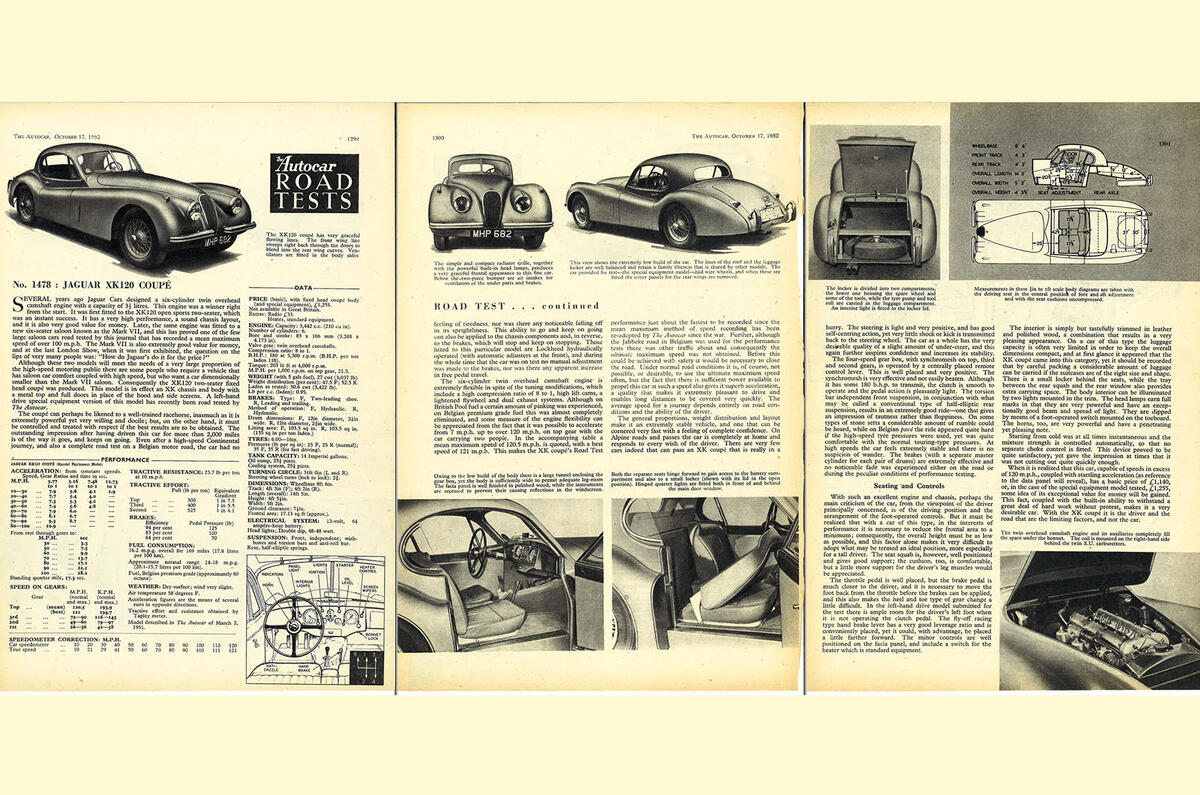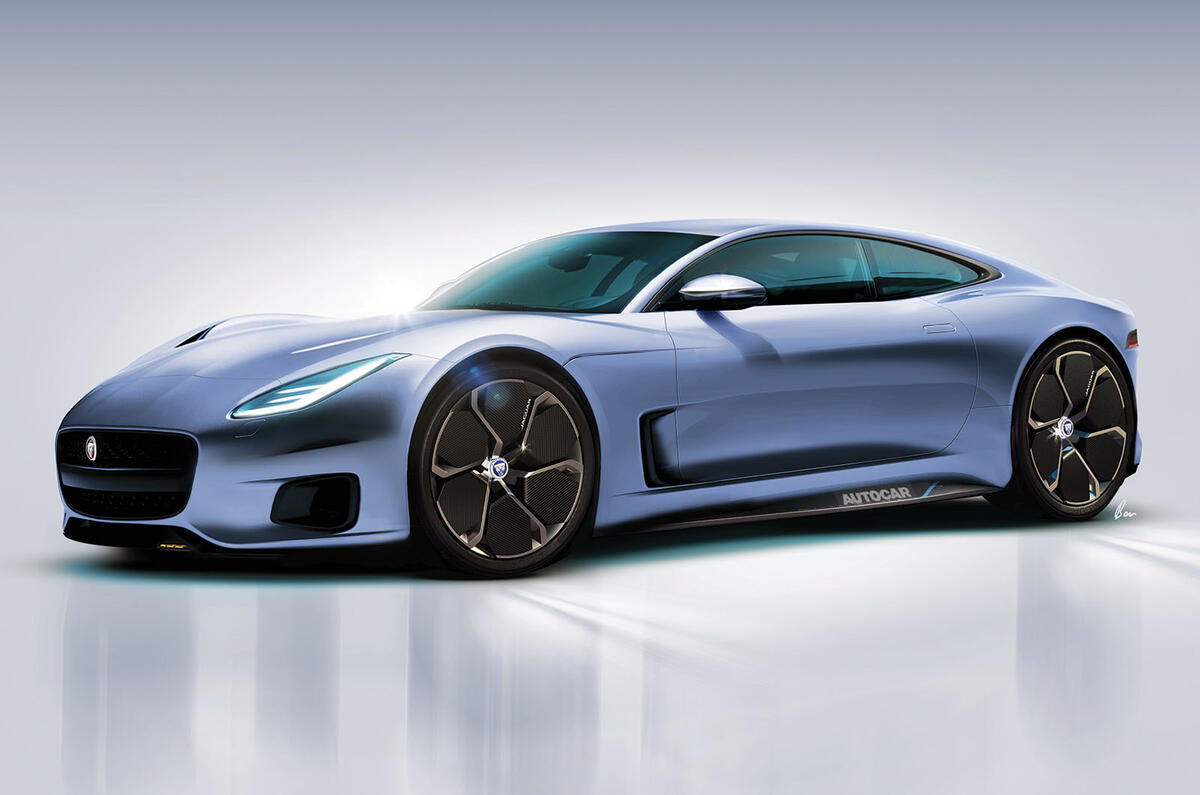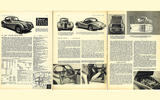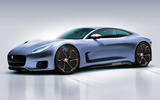The XK badge is significant for Jaguar and is considered to mark the start of its sports car story with the arrival in 1948 of the XK120 two-seat roadster.
The life of the XK120, XK140 and XK150 spanned 12 years and incorporated roadster, fixed- head coupé and drop-head coupé versions, before being replaced by the Eagle E-Type in 1961. The original XKs used a 3.4-litre six-cylinder engine with 180bhp and 203lb ft.
In October 1952, Autocar road tested the XK120 coupé and said its 121mph best speed “makes the XK coupé’s road test performance just about the fastest to be recorded”. The author added that on Alpine roads and passes, “the car is completely at home and responds to every wish of the driver. There are very few cars indeed that can pass an XK coupé that is really in a hurry.” Our test car cost £1255 with an optional £33 radio.
A new era of XKs was launched in 1996 with the XK8, which replaced the XJS. Available in coupe and convertible guises and with a new V8 engine, its major difference with the historic XKs was its 2+2 layout. A hot XKR followed and then an updated XK was unveiled in 2006. An even faster variant, the XKR-S, was launched in 2012, two years before the car was axed.
Read more
Jaguar F-Type review








Add your comment